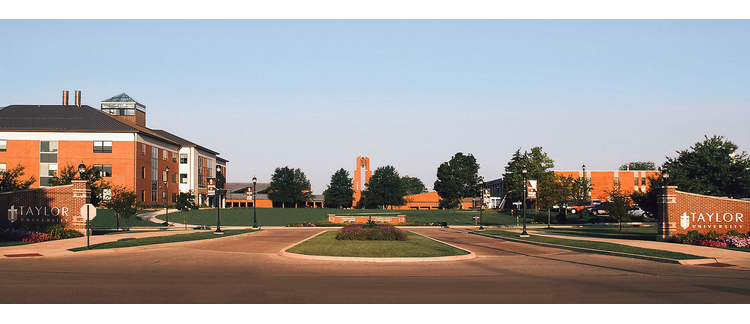Abstract
Developing an operational program for high-altitude ballooning can be a daunting experience or impractical due to perceived risk, start-up cost, limited time and lab resources, and poor landing location (trees, hills, water, and minimal access or roads). An objective of the current NSF CCLI/TUES grant is to streamline academic access to near space (at low risk and cost) while still fully developing classroom experiments and maintaining the real-time data and launch excitement. As a logical stepping stone to purchasing a full-up “turnkey” flight system (e.g. Stratostar LLC) or building your own system is to first obtain some flight experience with a “Launch for Hire” of your experiment. Launch success can be obtained with a nearby experienced launching group or a distant express mail service. Towards this end NearSpace Launch Inc. was started (NSL) to help investigate remote launch capability and includes express launching of payloads to/from Upland, IN and shopping-cart purchasing of flight sensor systems/kits. The NSL services include the support of launch, operations, recovery, data collection, and ancillary measurements (GPS, tracking, Temp/pressure/humidity, video cameras and accelerometers) for K-12, university, and research programs. In addition, engineering and science services are available to help the advancement of curriculum, technical designs, and research. NSL offers a simple/quick way to get started by catalog purchasing of proven sensors and parts with academic documentation to meet the needs of curriculum or research and then letting NSL take the responsibility for final launch and operations with the economics of numbers. Currently the Taylor University HARP program (and NSL experience) has launched over 300 balloons in the past decade with over a 99% success rate. Students can visit the launch site and ground station (Upland, IN) or the class can watch the live video of the launch, the balloon tracking map progress, and the streaming data in real time on a big screen. After flight, the recovered payload is photographed, the high speed solid state data logger, the real time data and the video files are copied and other documentation copied and expressed back to the customer. For advanced users more sophisticated balloon launch options are available. To further explore near space from the topside of the atmosphere NSL plans to provide services and parts for developing nanosatellites (CubeSats) for LEO orbits. Recent TSAT certification by the FCC and Globalstar should validate the satellite-to-satellite communication link and modem when scheduled for launch end of 2013 on a Space-X rocket to the International Space Station . The NSL Globalstar modem product will eliminate the need for expensive ground stations and significantly improve small sat communications and balloon recovery while adding global coverage for long missions.
How to Cite:
Voss, H. D. & Dailey, J., (2013) “Express Launch: A New Capability for NearSpace”, Academic High Altitude Conference 2013(1). doi: https://doi.org/10.31274/ahac.5603
Downloads:
Download Paper (PDF)
View PDF

